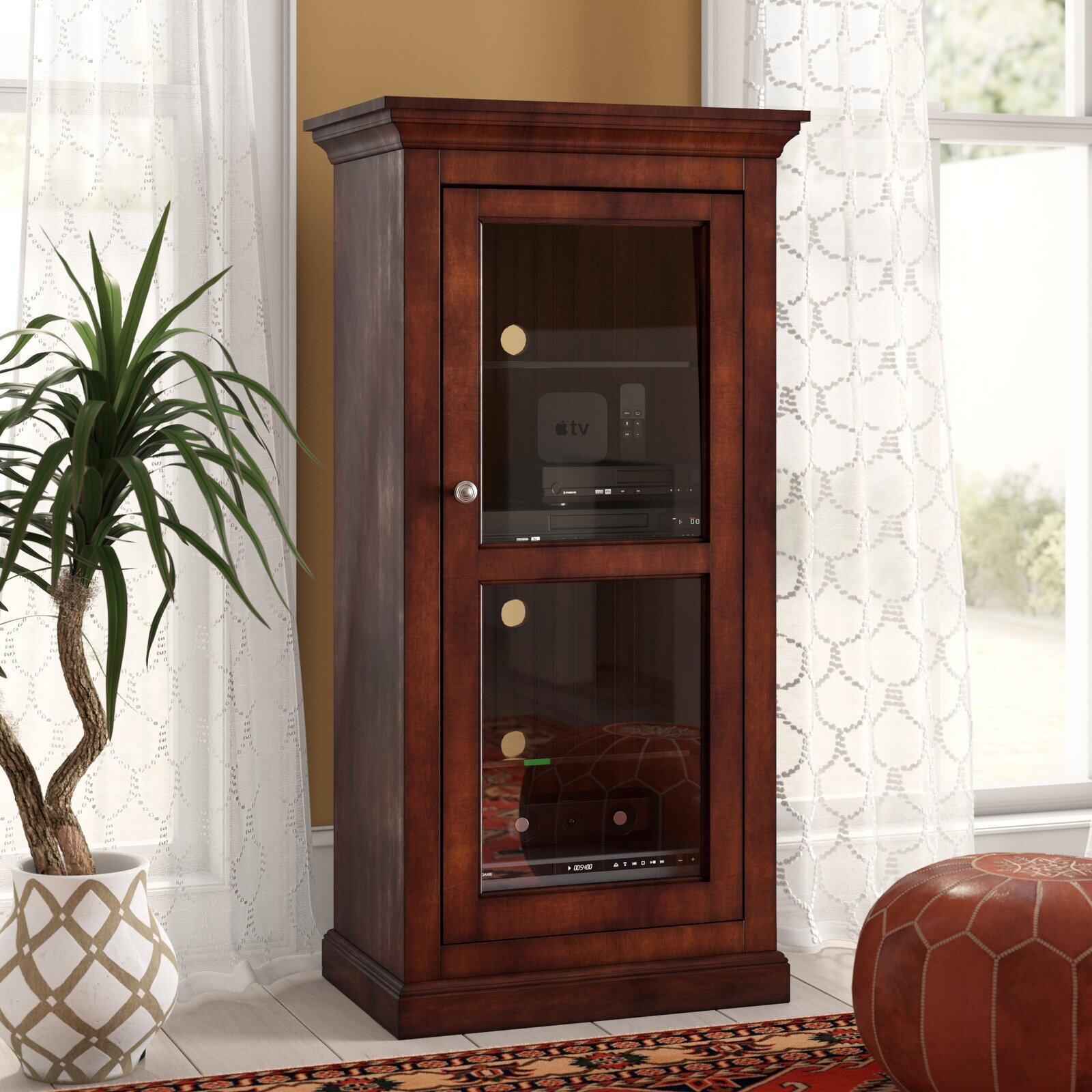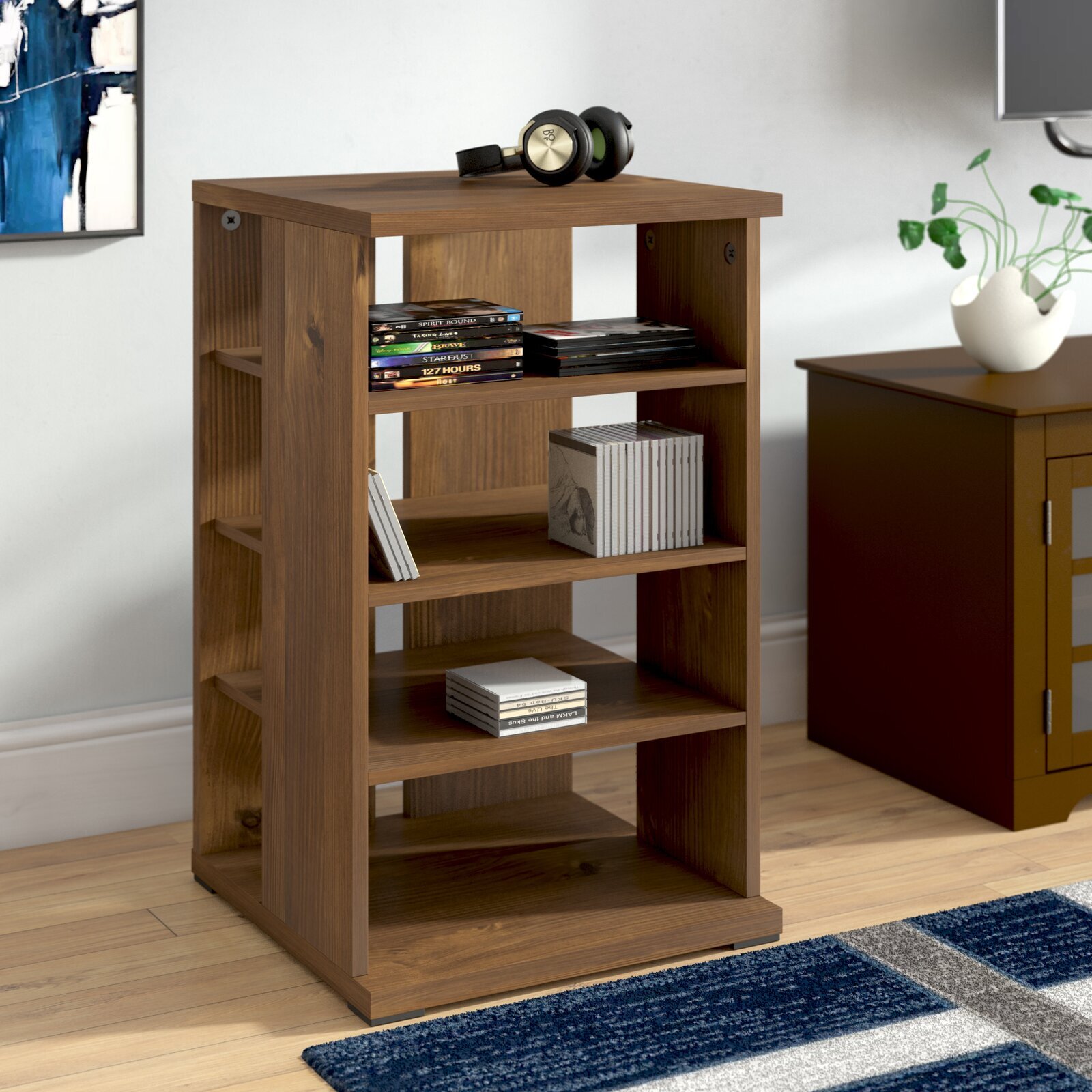Types and Features of Audio Furniture: Audio Furniture Audio Racks And Cabinets

Choosing the right audio furniture can significantly impact your listening experience. The right rack or cabinet not only protects your valuable equipment but also minimizes vibrations and resonances, leading to clearer, more accurate sound reproduction. The aesthetic appeal of the furniture also contributes to the overall enjoyment of your listening space.
Audio furniture audio racks and cabinets – Audio furniture encompasses a range of products designed to house and support audio equipment, improving both sound quality and the visual appeal of your listening environment. These range from simple, open-shelf racks to sophisticated, enclosed cabinets with advanced vibration-damping technologies. The choice depends on individual needs, budget, and the overall aesthetic of the listening room.
Types of Audio Racks and Cabinets
The market offers a variety of audio racks and cabinets, each with unique features and materials. The most common types include open-frame racks, enclosed cabinets, and dedicated turntable stands. The selection depends on factors such as the size and weight of your equipment, your budget, and the desired aesthetic.
| Type | Material | Construction | Features |
|---|---|---|---|
| Open-Frame Rack | Steel, Aluminum, Wood | Simple, often modular design with adjustable shelves | Good airflow, affordable, easy to assemble |
| Enclosed Cabinet | Wood, MDF, Metal | Solid construction with doors and often internal bracing | Improved vibration damping, better protection from dust and environmental factors |
| Dedicated Turntable Stand | Solid wood, stone, metal | Massive and rigid construction, often isolated from vibrations | Minimizes resonance, enhances tracking accuracy |
| Modular Rack System | Metal, Wood, Composite Materials | Highly customizable, with interchangeable components and accessories | Adaptable to changing equipment needs, various sizes and configurations available |
Features Enhancing Audio Performance
Several features in audio furniture are designed to improve sound quality by minimizing unwanted vibrations and resonances. These enhancements contribute to a cleaner, more accurate audio reproduction.
- Vibration Damping: Materials like constrained-layer damping (CLD) or dense wood effectively absorb and dissipate vibrations from the equipment, preventing them from transferring to the listening space.
- Resonance Control: Internal bracing and strategically placed dampening materials minimize unwanted resonances within the cabinet, leading to a tighter, more controlled bass response.
- Airflow Management: Open designs or well-placed ventilation ensure adequate airflow around the components, preventing overheating and maintaining optimal operating temperatures.
- Isolation Spikes/Feet: These decouple the rack from the floor, further reducing the transmission of vibrations from the floor to the equipment.
Aesthetic Considerations in Audio Furniture Design
The design of audio furniture significantly influences the overall listening experience and home décor. A well-chosen rack or cabinet complements the listening environment, enhancing both the visual and auditory aspects.
Modern Minimalist Design: This style emphasizes clean lines, simple shapes, and neutral colors. A sleek, black metal rack with glass shelves would seamlessly integrate into a contemporary living space, showcasing the equipment while maintaining a minimalist aesthetic. The focus is on functionality and understated elegance, allowing the sound quality to take center stage.
Traditional/Classic Design: This approach uses rich wood veneers, ornate details, and traditional craftsmanship. A solid wood cabinet with a rich cherry finish and brass hardware would create a warm and inviting atmosphere, complementing a more traditional or vintage audio system. The focus here is on craftsmanship and timeless elegance, integrating the audio equipment into a sophisticated home environment.
Industrial/Rustic Design: This style combines raw materials like reclaimed wood, metal, and exposed concrete. A rack made from raw steel with wooden shelves would create a rugged and industrial look, complementing a modern or eclectic listening space. The contrast of materials and textures adds visual interest, creating a unique and personalized listening environment.
Impact of Audio Furniture on Sound Quality

The quality of your audio system isn’t solely determined by the components themselves; the furniture housing them plays a surprisingly significant role. The materials used, the internal design, and even the placement of your audio rack or cabinet can all subtly, or sometimes dramatically, affect the sound you hear. Understanding these factors allows for informed choices that optimize your listening experience.
Material Impact on Sound Quality
Different materials used in constructing audio furniture exhibit varying properties affecting sound reproduction. These differences stem from their density, rigidity, and resonance characteristics. The following table summarizes the key differences:
| Material | Pros | Cons | Sound Quality Impact |
|---|---|---|---|
| Wood (e.g., hardwood) | Natural damping properties, aesthetically pleasing, generally robust | Can be susceptible to warping or damage with humidity changes, more expensive than some alternatives | Warm, natural sound with good resonance control. Minimizes vibrations effectively. |
| Metal (e.g., steel, aluminum) | High rigidity, excellent vibration damping (when properly designed), durable | Can resonate at certain frequencies if not properly dampened, may be prone to scratching, potentially less aesthetically pleasing to some | Can sound bright or even harsh if not carefully designed. Good for minimizing vibrations if properly dampened. |
| Composite Materials | Often cost-effective, can be designed with specific damping properties | May not offer the same aesthetic appeal as wood, long-term durability can vary depending on the specific material | Sound quality varies greatly depending on the specific composite. Can be designed to minimize vibrations, but requires careful selection. |
Internal Design and Construction Effects
The internal structure of audio furniture significantly influences sound reproduction by affecting vibration control and resonance.
Proper internal design is crucial for minimizing unwanted resonances and vibrations that can negatively impact sound quality. Key design elements include:
- Internal Bracing: Strategically placed bracing within the cabinet strengthens the structure, reducing unwanted vibrations and resonances. This leads to cleaner, more accurate sound reproduction.
- Shelving Material and Design: Solid, dense shelving materials (like thick glass or heavy-duty metal) minimize vibrations better than thinner or less dense options. Furthermore, shelves should be adequately spaced to prevent components from interacting and transferring vibrations.
- Component Spacing: Sufficient space between components reduces the transfer of vibrations between them. This is particularly important for sensitive equipment like turntables.
- Damping Materials: Using damping materials (e.g., constrained layer damping) within the cabinet absorbs vibrations, further improving sound quality.
Placement and Environmental Factors, Audio furniture audio racks and cabinets
The placement of your audio furniture and the surrounding environment significantly impact the performance of your audio system. Ideal placement minimizes external vibrations and acoustic reflections.
Ideally, your audio furniture should be placed on a stable, level surface away from walls and other sources of vibration (like washing machines or air conditioners). Avoid placing it in direct sunlight or near sources of heat. A dedicated listening room with acoustic treatment (to minimize reflections and standing waves) is ideal, but even in less-than-ideal environments, careful placement can make a difference. Experiment with different positions to find the optimal sweet spot for your setup.
Buying Guide and Considerations for Audio Furniture

Choosing the right audio furniture is crucial for optimal sound quality and system longevity. A well-designed rack or cabinet protects your valuable equipment, improves its performance, and enhances the overall listening experience. This guide will walk you through the process of selecting the perfect audio furniture for your setup.
Step-by-Step Guide for Selecting Audio Furniture
Selecting audio furniture involves careful consideration of several factors. Follow these steps to ensure you make an informed decision.
- Determine your budget: Audio furniture prices vary widely depending on materials, features, and brand. Establish a realistic budget before you start shopping to avoid exceeding your financial limits. Consider prioritizing essential features within your budget, perhaps opting for a more basic model if necessary.
- Measure your equipment and components: Accurately measure the height, width, and depth of each component (amplifiers, CD players, turntables, etc.) to ensure they fit comfortably within the chosen rack or cabinet. Allow extra space for ventilation and easy access.
- Consider the weight of your components: Heavier components require a more robust and stable rack or cabinet. Check the manufacturer’s specifications for weight capacity to avoid overloading the furniture and risking damage.
- Choose the right type of audio furniture: Different types of furniture are suited for different needs. Racks offer open shelving for better ventilation, while cabinets provide enclosed storage for dust protection. Consider your priorities – ventilation versus dust protection – when making your choice.
- Select the appropriate size and configuration: Choose a rack or cabinet that is large enough to accommodate all your components comfortably, but not so large that it overwhelms your listening space. Consider the number of shelves and their spacing to optimize component placement.
- Research different brands and models: Compare features, prices, and reviews from reputable sources before making a purchase. Look for furniture constructed from high-quality materials with a sturdy build.
- Check for warranty and customer service: A good warranty demonstrates the manufacturer’s confidence in their product. Reliable customer service can be essential if you encounter any issues after purchase.
Measuring and Preparing Your Space
Accurate measurements are essential to ensure your chosen audio furniture fits perfectly and functions correctly. Begin by measuring the available space where you plan to place the furniture, noting the width, depth, and height. Then, measure each audio component individually, including any additional space needed for cables and ventilation. Imagine a tape measure extending from the wall, across the floor, to determine the available width. Next, visually trace the height of the intended location, imagining a vertical line from the floor to the ceiling, noting any obstructions. Finally, measure the depth of the area, visualizing the distance from the wall to the furthest point you want the furniture to occupy. Compare these measurements to the dimensions of your chosen furniture to ensure a proper fit.
Essential Features and Specifications Checklist
Before purchasing audio racks or cabinets, consider these essential features and specifications for optimal audio performance.
- Material and construction: Sturdy construction from high-quality materials like wood or metal is crucial for stability and durability. Avoid materials that might resonate or vibrate, negatively impacting sound quality.
- Weight capacity: Ensure the rack or cabinet can support the combined weight of all your components without bending or wobbling. Check the manufacturer’s specifications carefully.
- Vibration damping: Look for features designed to minimize vibrations, such as isolation feet or internal bracing. This is especially important for preventing unwanted resonances that can affect sound quality.
- Ventilation: Adequate ventilation is crucial to prevent overheating of your audio components. Open shelving racks generally provide better ventilation than enclosed cabinets.
- Cable management: Good cable management is essential for a clean and organized setup. Look for features like cable holes or channels to keep wires tidy and prevent tangling.
- Adjustable shelves: Adjustable shelves allow you to customize the spacing to accommodate components of varying heights, optimizing placement for optimal performance and accessibility.
- Aesthetic appeal: While functionality is key, the aesthetics of the audio furniture should also complement your listening environment. Consider the finish, color, and overall design.
